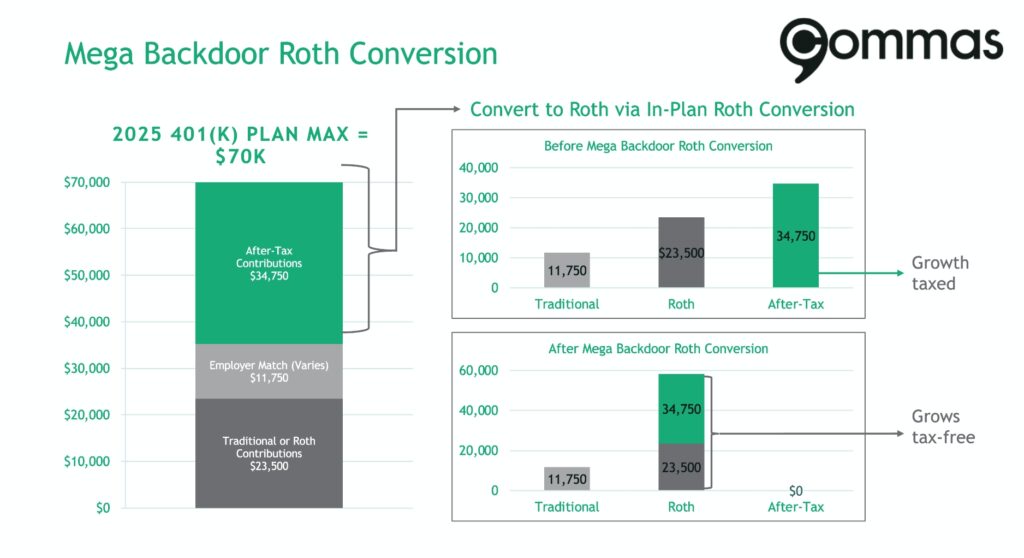One of the most compelling aspects of Microsoft’s compensation packages is the awarding of Restricted Stock Units (RSUs). This amazing benefit comes with unique financial planning opportunities. Here at Commas, we are here to help you understand and navigate your RSUs.
Understanding the RSU Basics
RSUs are a type of equity compensation that gives employees the promise of Microsoft shares (MSFT) at a future date. You can be awarded RSUs at key moments—for example, when you are hired or annually as part of your performance review. These RSUs vest over time, and once they vest, they are yours, like any other stock you purchase. When they are awarded to you, the company indicates what the RSUs are worth at that time, noting that the value may differ upon vesting. This makes them a variable addition to your compensation package, subject to stock volatility.
Employees have the option to use Fidelity or Morgan Stanley as their custodian. Vested shares typically appear in your brokerage account on the day or day after vesting.
Key RSU Terms
Here are the key terms to understand:
- Grant Agreement: the document that outlines the conditions of your RSUs – number of shares granted, vesting period, etc.
- Grant Date: the date Microsoft awards RSUs to an employee
- Vesting Schedule: timeline over which RSUs become fully owned by the employee
- Vesting Date: the date in which the MSFT shares are distributed into your account
- Fair Market Value: value of the stock at any point in time
For an overview of RSUs and what you need to know, check out our video on RSUs.
Analyzing the RSU Vesting Schedule
Microsoft has two types of vesting schedules, which are determined by why you were granted RSUs.
- On-hire awards – Vest annually over a four-year period. The first vest will fall on your first-year anniversary.
- Annual awards – Vest quarterly over a five-year period. You will typically receive these awards in August or March.
If you leave prior to RSU shares vesting, you will lose those unvested shares.
Tax Implications and Your Microsoft RSUs
There is no tax impact when you are granted new RSUs. The tax implications come when they vest, as well as when you sell the shares.
Once RSUs vest, they are taxed as ordinary income. Microsoft will automatically withhold 22% of your vesting amount to cover your tax bill—like tax withholding from your paycheck. When you surpass $1M in supplemental income in a calendar year, withholding is readjusted to a 37% withholding rate. Withholding is covered by selling a portion of your shares. Many employees, especially those subject to the 22% withholding rate, often find that the automatically withheld amount is not enough to cover their full tax bill, so it is helpful to monitor your tax obligations.
If you hold onto your RSUs beyond the vesting date, your RSUs will be subject to capital gains taxation. The fair market value of the stock when they vest is the cost basis for these shares, and the sale price will determine your capital gain or loss, like with a typical stock sale. If you hold the shares for less than 1 year, those gains or losses will be treated as ordinary income. If you hold them for over 1 year, they will be taxed at capital gains rates.
The information shown below offers current capital gain tax rates for 2025.
RSUs can provide excellent opportunities to build wealth for Microsoft employees. As illustrated in this guide, there are many factors to consider, especially when it comes to tax implications. Our team is well-versed in helping Microsoft employees find the best path forward to meet goals that fulfill short and long-term financial needs.






